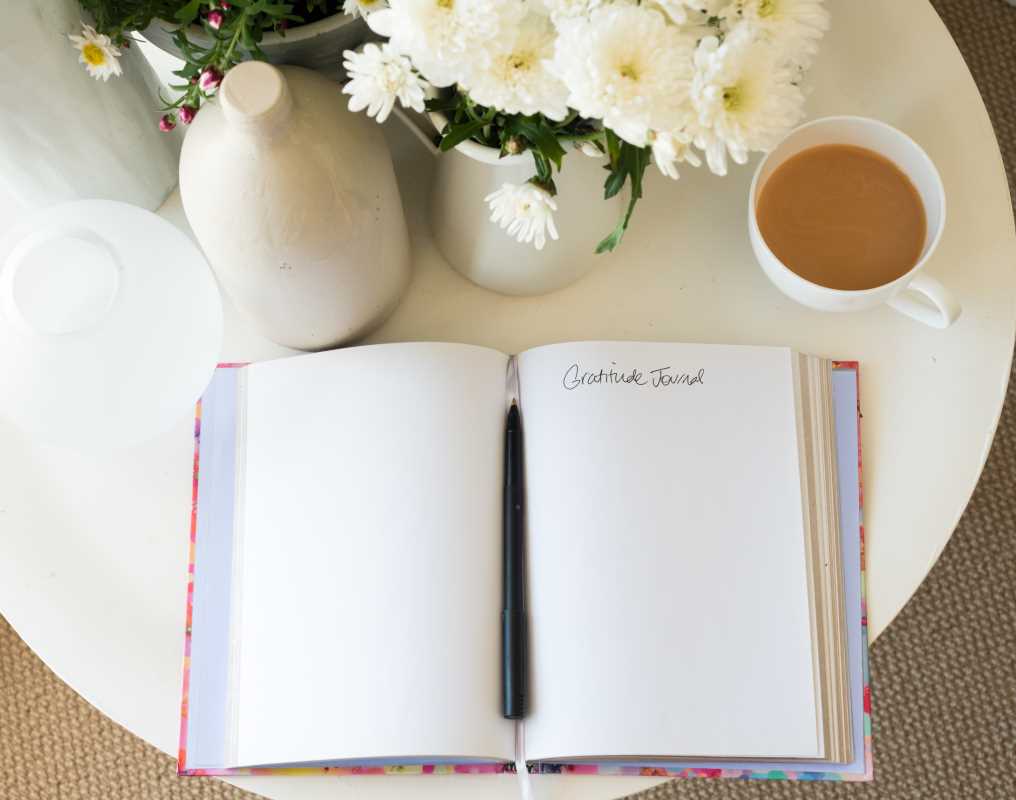Juggling lively gatherings with quiet time alone can seem challenging. You crave the warmth of shared stories, spontaneous laughter, and the joy that comes from spending time with friends. At the same time, you recognize the importance of slipping away for periods of calm, allowing your mind to unwind and your creativity to flourish. Achieving a sense of harmony between your social life and your need for solitude starts with viewing alone time not as emptiness, but as a valuable part of your routine. By treating these solo moments as purposeful and enriching, you create the space to return to your social world feeling refreshed and inspired.
When you treat quiet stretches as purposeful pauses, you gain a clearer sense of priorities, sharpen your excitement for group plans, and discover a deeper self-awareness. This approach turns what might feel like a stressful juggling act into a dynamic dance of connection and calm.
Rediscovering Your Rhythm in the Crowd
Many young adults assume that every invitation must be a yes or that skipping gatherings signals boredom. Instead, test your energy at each event by picking one goal—forge a new friendship, share an idea, or help plan the next meetup. Watch how targeted participation raises your focus and conserves mental bandwidth for deeper conversations.
Pay attention to how you feel fifteen minutes in. If you sense tension creeping into your shoulders or notice that greetings feel rote, it’s a cue to shift gears. Adjust your presence consciously: lean into small talk when you feel social fuel rising and slip into observation when you need a brief interlude.
Seeing Solitude as an Active Choice
Reframe quiet hours as chances to innovate, not hide. Carve out blocks labeled “creative incubator” or “mind sweep” on your calendar. Use that time to draft a poem, sketch ideas for a passion project, or sift through the week’s highlights and challenges. You’ll return to social settings with fresh stories and deeper insights.
By naming alone time slots as productive sessions, you eliminate guilt from rest. This mental shift makes solitude feel as valid and valued as lunch with pals or back-to-back video calls, so you won’t skip it in favor of busywork or aimless scrolling.
Hands-on Methods to Blend Social and Solo
- Focus Blocks
- Purpose: Boost concentration by alternating social and solo phases.
- Steps:
- Set a timer for 25 minutes of one-on-one chats or group text threads.
- Switch to 15 minutes of personal note-taking or idea mapping.
- Repeat four cycles, then take a longer break.
- Cost: Free; timer apps are widely available.
- Insider tip: Choose a different chat partner each cycle to diversify input and prevent fatigue.
- Mini Retreat Evenings
- Purpose: Deliver a personal reset in under two hours.
- Steps:
- Reserve a quiet room with soft lighting.
- Prepare three supplies: journal, tea, and sketch pad.
- Spend 30 minutes writing a gratitude list, followed by 30 minutes doodling or mind-mapping.
- Cost: Under $10 if supplies are on hand.
- Insider tip: Play low-volume instrumental music to mark the transition from busy to calm.
- Connection Check-Ins
- Purpose: Maintain quality relationships without overloading your calendar.
- Steps:
- Create a list of five close contacts.
- Every Thursday, send a three-sentence voice memo asking about their week.
- Note responses in a shared document for future follow-ups.
- Cost: None beyond your phone plan.
- Insider tip: Use reminders, but keep tone spontaneous to avoid sounding robotic.
- Energy Mapping
- Purpose: Visualize when you’re most sociable versus solitary.
- Steps:
- Track energy levels hourly for seven days with mood icons.
- Chart peaks and troughs in a spreadsheet.
- Schedule social events during peaks and solo projects during lows.
- Cost: Free; online templates available.
- Insider tip: Use green for social highs and blue for solo lows to simplify planning.
- Micro-Challenges
- Purpose: Test boundaries between extroversion and introversion.
- Steps:
- Pick a daily task—chat with a neighbor for five minutes or sit silently in a café for ten.
- Log feelings immediately afterward.
- Adjust the next day’s challenge by shortening or extending tasks until balance feels right.
- Cost: Free.
- Insider tip: Alternate weekends between high-social and high-solo to maintain variety.
Each of these methods frames every interaction or pause as a purposeful experiment. Over time, you discover which combination fuels your creativity, reduces stress, and keeps you energized for both friends and personal goals.
Tracking Your Social Battery
After you implement practical routines, you need to keep track of your results. Maintain a simple journal called “social battery.” Each entry records the date, event type, energy level before, energy level after, and one key insight. This quick log reveals patterns: perhaps late-night coffee runs drain you more than movie nights, or solo gym sessions recharge faster than morning jogs.
Every two weeks, review your journal and identify trends. Then, change upcoming weeks by replacing one activity that repeatedly saps energy with a short creative session. As you adjust your calendar, you develop a personalized balance that feels both energizing and manageable.
Maintain Your Balanced Routine
Revisit your energy-mapping exercises every few months to adapt to life changes without losing balance. Celebrate small wins, whether through solo moments or shared gatherings, to keep both sides of your social needs alive. By experimenting and adjusting, you’ll create a rhythm that supports creativity, connection, and lasting well-being.
 (Image via
(Image via

.jpg)



